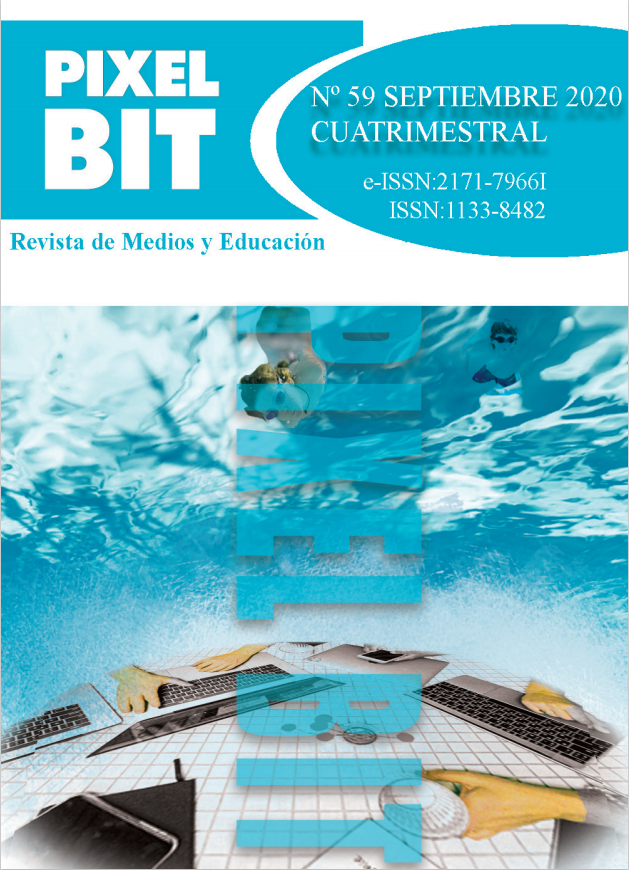Abstract
This work revolves around the degree of satisfaction or perceived usability of Vocational Training teachers who teach in an LMS based on the Moodle 2.6 platform. In the last decade, there has been an increase in research related to the usability perceived on the basis of the ISO 9241-11 standard (1988) and the LMS incorporated in the training actions used in e-learning. This article analyses the results of the analysis of the degree of satisfaction of teachers in this platform used for distance vocational training in the Balearic Islands. The sample is made up of a total of 24 teachers out of a finite population of 134 teachers. The data collection was carried out by means of the questionnaire instrument, the central axis of which was the incorporation of the usability questionnaire System Usability Scale (SUS) designed by Brooke (1996). The results obtained show that the degree of satisfaction on the part of the teachers is positive at a general level; while in function of the variables formative cycle and gender, these results are not significant based on the contrast of hypotheses. The degree of satisfaction obtained from the sample is 70.20 points, which can be considered 'normal'. Likewise, the average score as a function of the training cycle is 74.4 for the CFGM and 67.66 for the CFGS. With regard to the comparison of results based on gender, the results obtained follow the line of other research carried out for this purpose, gender does not influence the degree of user satisfaction.

